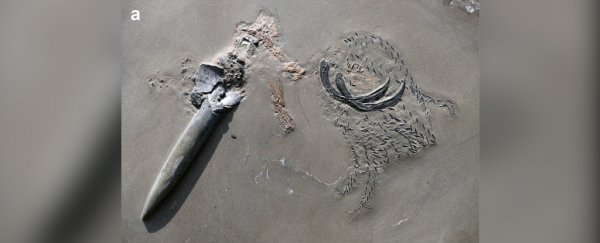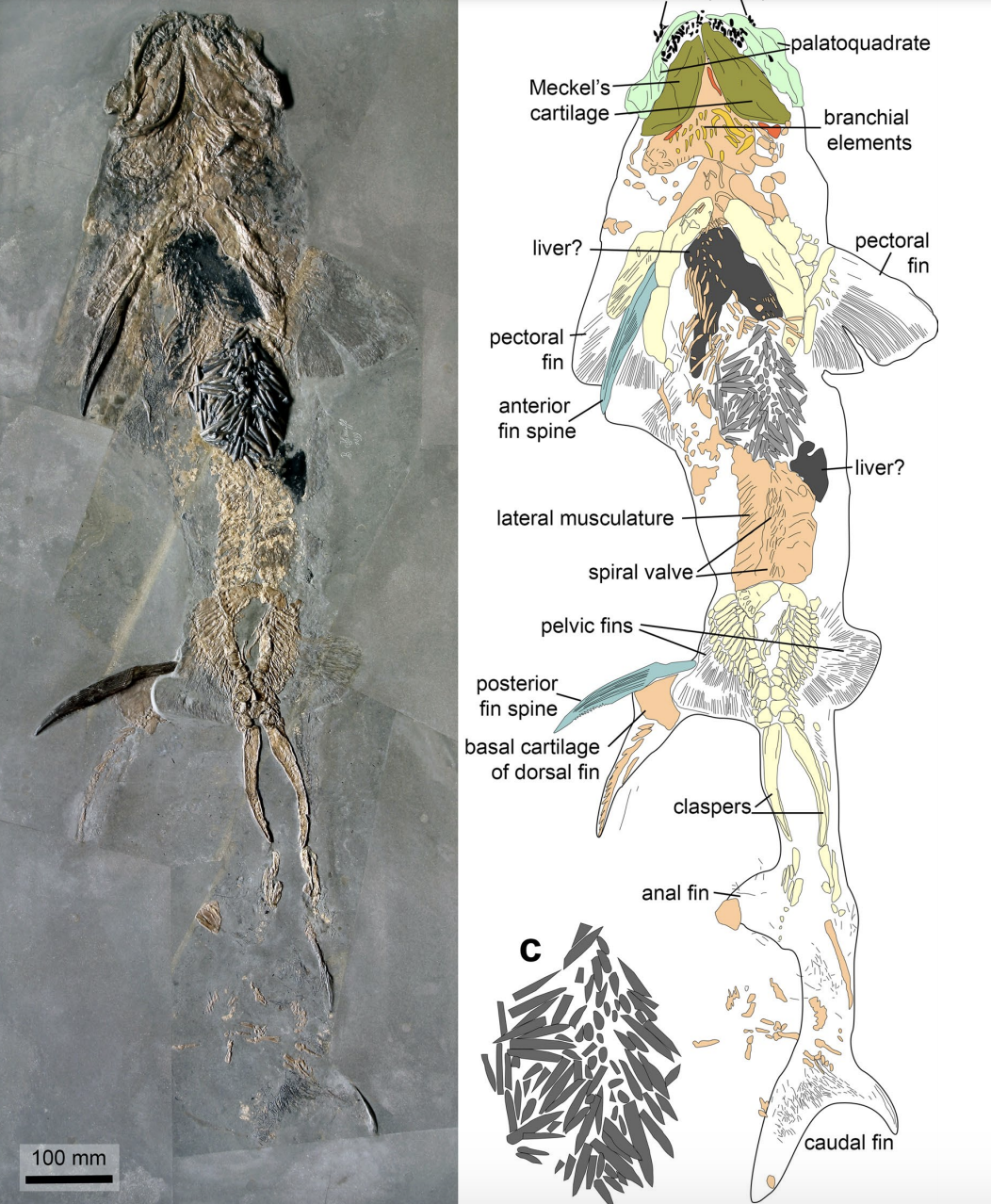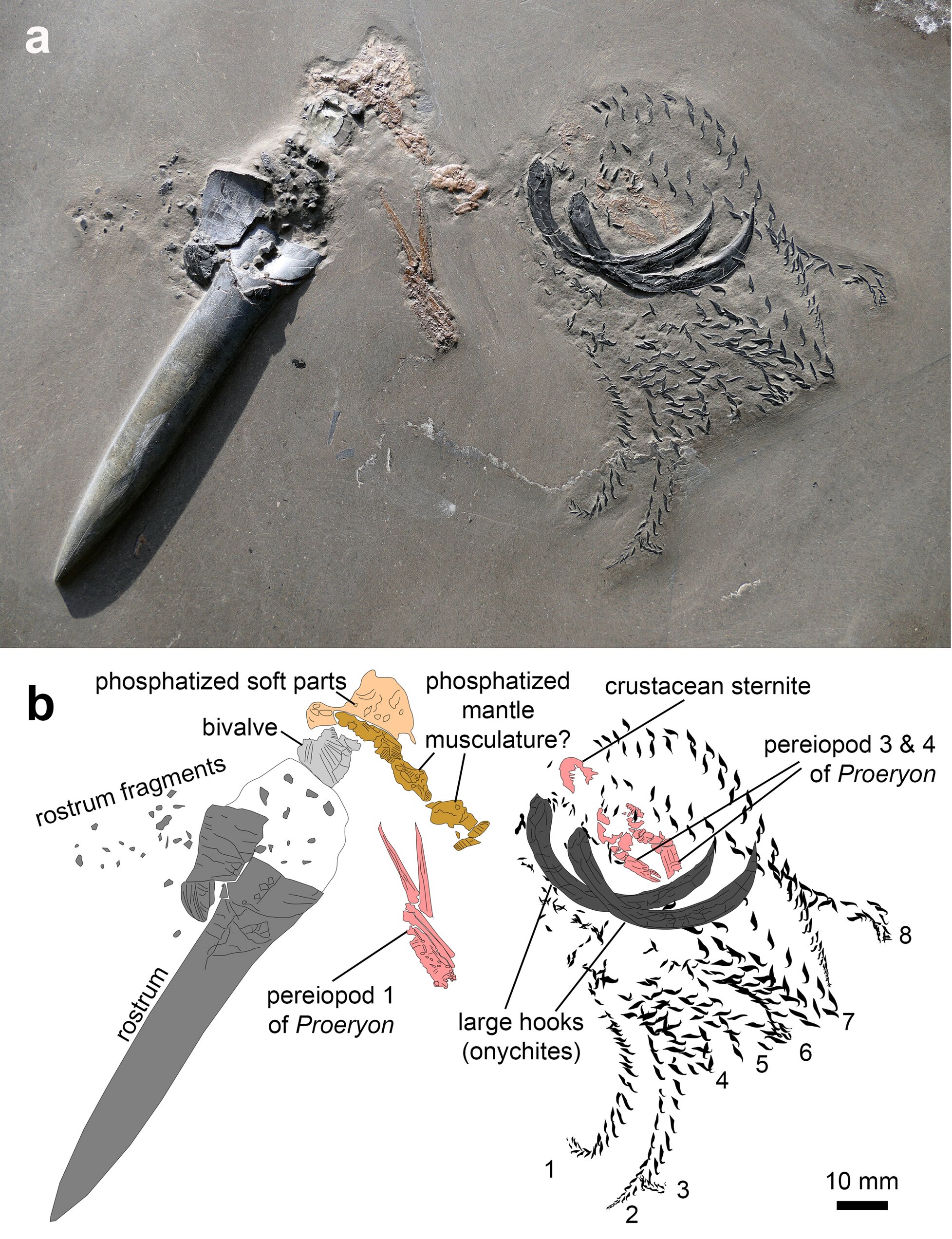Hamas: Gaza City commander killed by Israeli airstrike
24 PALESTINIAN DEATHS PER EVERY ISRAELI'S
GAZA CITY, Gaza Strip (AP) — Militant group Hamas confirms that its Gaza City commander was killed in an Israeli airstrike, the highest-ranking militant killed since the 2014 war in the Palestinian territory
GAZA CITY, Gaza Strip (AP) — Militant group Hamas confirms that its Gaza City commander was killed in an Israeli airstrike, the highest-ranking militant killed since the 2014 war in the Palestinian territory
.

© Provided by The Canadian Press
Earlier, Israel’s internal security agency said that a series of airstrikes had killed Bassem Issa and several other senior Hamas militants.
THIS IS A BREAKING NEWS UPDATE. AP’s earlier story follows below.
GAZA CITY, Gaza Strip (AP) — Rockets streamed out of Gaza and Israel pounded the territory with airstrikes Wednesday as the most severe outbreak of violence since a 2014 war took on many hallmarks of that devastating 50-day conflict, with dozens killed and no resolution in sight.
Palls of gray smoke rose in Gaza, as Israeli airstrikes levelled two apartment towers and hammered the militant group’s multiple security installations, destroying the central police compound.
In Israel, barrages of hundreds of rockets fired by Gaza’s Hamas rulers and other militants at times overwhelmed missile defenses and brought air raid sirens and explosions echoing across Tel Aviv, Israel’s biggest metropolitan area, and other cities.
The death toll in Gaza rose to 48 Palestinians, including 14 children and three women, according to the Health Ministry. More than 300 people have been wounded, including 86 children and 39 women. Six Israelis, including three women and a child, were killed by rocket fire, and dozens of people were wounded.
While the rapidly escalating conflict has brought images familiar from 2014 Israel-Hamas war, the past day has also seen a startling new factor: A burst of fury from Israel’s Palestinian citizens in support of those living in the territories and against Israel’s recent response to unrest in Jerusalem and its current operations in Gaza.
Amid those protests, communal violence erupted in several mixed Jewish-Arab Israeli cities, including the burning of a Jewish-owned restaurant and a synagogue, the fatal shooting of an Arab man and attacks on Arab-owned cars. In a rare move that highlighted the tensions, Israeli Defense Minister Benny Gantz on Wednesday ordered units of border guards deployed to help police keep order.
There was no sign that either side is willing to back down. Prime Minister Benjamin Netanyahu has vowed to expand the offensive, saying “this will take time.” Hamas has called for a full-scale intifada, or uprising. The last such uprising began in 2000 and lasted more than five years.
The latest eruption of violence began a month ago in Jerusalem, where heavy-handed police tactics during the Muslim holy month of Ramadan and the threatened eviction of dozens of Palestinian families by Jewish settlers ignited protests and clashes with police. A focal point was the Al-Aqsa Mosque compound, a site sacred to Jews and Muslims.
Late Monday, Hamas, claiming to be “defending Jerusalem,” launched a barrage of rockets at the city in a major escalation.
The Israeli military said militants have fired more 1,050 rockets since the conflict began, with 200 of them falling short and landing inside Gaza. Lt. Col. Jonathan Conricus, a military spokesman, said two infantry brigades were sent to the area, indicating preparations for a possible ground invasion.
Israel has struck hundreds of targets in the Gaza Strip, where 2 million Palestinians have lived under a crippling Israeli-Egyptian blockade since Hamas took power in 2007.
The fiercest attack was a set of airstrikes that brought down an entire 12-story building. The building housed important Hamas offices, as well as some businesses. Israel fired a series of warning shots before demolishing the building, allowing people to flee and there were no casualties.
Israeli aircraft heavily damaged another Gaza City building early Wednesday. Israel said the nine-story building housed Hamas intelligence offices and the group’s command responsible for planning attacks in the occupied West Bank; it also had residential apartments, medical companies and a dental clinic. A drone fired five warning rockets before the bombing.
Fighter jets struck the building again after journalists and rescuers had gathered around. There was no immediate word on casualties. The high-rise stood 200 meters (650 feet) away from the AP bureau in Gaza City, and smoke and debris reached the office.
Soon after, Hamas fired 100 rockets at the Israeli desert town of Beersheba in what it said was retaliation.
Samah Haboub, a mother of four in Gaza, said she was thrown across her bedroom in a “moment of horror” by an airstrike on an apartment tower next door. She and her children, aged 3 to 14, ran down the stairway of their apartment block along with other residents, many of them screaming and crying.
“There is almost no safe place in Gaza,” she said.
One strike hit a taxi in Gaza City, killing a man, woman and driver insider, and a second strike killed two men nearby on the street, witnesses who brought the bodies told the AP at the hospital. Several other bystanders, including a woman, were wounded.
In the Israeli city of Lod, a 52-year-old man and his 16-year-old daughter, reportedly Arab citizens of Israel, were killed early Wednesday when a rocket from Gaza hit the courtyard of their home.
The Jerusalem turmoil and the ensuing battle come at a time when the long-stalled Israeli-Palestinian peace process is virtually non-existent.
It has been seven years since the two sides held formal negotiations. Israel’s political scene pays little attention, and the peace process was hardly an issue in the country’s string of recent elections. Arab nations, including several that recently reached normalization deals with Israel, rarely push for any resolution.
The result has left the nearly 5 million Palestinians in the West Bank, Gaza Strip and east Jerusalem living in a limbo — caught among Israeli occupation, accelerated Israeli settlement building in the West Bank, a weak Palestinian Authority that recently canceled elections, and Hamas rule and the blockade that are impoverishing Gaza.
With the protests in Arab communities, the unrest in Jerusalem has also spread across Israel.
“An intifada erupted in Lod, you have to bring in the army,” the central Israeli city’s mayor, Yair Revivo, said. Lod saw heavy clashes after thousands of mourners joined a funeral for an Arab man killed the previous night, the suspect a Jewish gunman.
Israel and Hamas have fought three wars since the Islamic militant group seized power in Gaza from rival Palestinian forces. The conflicts ended after regional and international powers convinced both sides to accept an informal truce.
Once again, diplomats are seeking to intervene, with Qatar, Egypt and the United Nations working to deliver a cease-fire.
The U.N. Security Council also planned to hold its second closed emergency meeting in three days Wednesday on the escalating violence.
Israel faced heavy criticism over the bombing of residential buildings in Gaza during the 2014 war, one of several tactics that are now the subject of an investigation by the International Criminal Court into possible war crimes. Israel is not a member of the court and has rejected the probe.
In a brief statement, ICC prosecutor Fatou Bensouda said she had noted “with great concern” the escalation of violence and “the possible commission of crimes under the Rome Statute” that established the court.
Conricus, the military spokesman, said Israeli forces have strict rules of engagement, follow international laws on armed conflict and are trying to minimize civilian casualties.
But Israel has said it has no choice because Hamas fires rockets from residential areas. Hamas has also come under international criticism over its indiscriminate rocket fire at Israeli population centers.
___
Krauss reported from Jerusalem. Associated Press writer Karin Laub in the West Bank contributed.
Earlier, Israel’s internal security agency said that a series of airstrikes had killed Bassem Issa and several other senior Hamas militants.
THIS IS A BREAKING NEWS UPDATE. AP’s earlier story follows below.
GAZA CITY, Gaza Strip (AP) — Rockets streamed out of Gaza and Israel pounded the territory with airstrikes Wednesday as the most severe outbreak of violence since a 2014 war took on many hallmarks of that devastating 50-day conflict, with dozens killed and no resolution in sight.
Palls of gray smoke rose in Gaza, as Israeli airstrikes levelled two apartment towers and hammered the militant group’s multiple security installations, destroying the central police compound.
In Israel, barrages of hundreds of rockets fired by Gaza’s Hamas rulers and other militants at times overwhelmed missile defenses and brought air raid sirens and explosions echoing across Tel Aviv, Israel’s biggest metropolitan area, and other cities.
The death toll in Gaza rose to 48 Palestinians, including 14 children and three women, according to the Health Ministry. More than 300 people have been wounded, including 86 children and 39 women. Six Israelis, including three women and a child, were killed by rocket fire, and dozens of people were wounded.
While the rapidly escalating conflict has brought images familiar from 2014 Israel-Hamas war, the past day has also seen a startling new factor: A burst of fury from Israel’s Palestinian citizens in support of those living in the territories and against Israel’s recent response to unrest in Jerusalem and its current operations in Gaza.
Amid those protests, communal violence erupted in several mixed Jewish-Arab Israeli cities, including the burning of a Jewish-owned restaurant and a synagogue, the fatal shooting of an Arab man and attacks on Arab-owned cars. In a rare move that highlighted the tensions, Israeli Defense Minister Benny Gantz on Wednesday ordered units of border guards deployed to help police keep order.
There was no sign that either side is willing to back down. Prime Minister Benjamin Netanyahu has vowed to expand the offensive, saying “this will take time.” Hamas has called for a full-scale intifada, or uprising. The last such uprising began in 2000 and lasted more than five years.
The latest eruption of violence began a month ago in Jerusalem, where heavy-handed police tactics during the Muslim holy month of Ramadan and the threatened eviction of dozens of Palestinian families by Jewish settlers ignited protests and clashes with police. A focal point was the Al-Aqsa Mosque compound, a site sacred to Jews and Muslims.
Late Monday, Hamas, claiming to be “defending Jerusalem,” launched a barrage of rockets at the city in a major escalation.
The Israeli military said militants have fired more 1,050 rockets since the conflict began, with 200 of them falling short and landing inside Gaza. Lt. Col. Jonathan Conricus, a military spokesman, said two infantry brigades were sent to the area, indicating preparations for a possible ground invasion.
Israel has struck hundreds of targets in the Gaza Strip, where 2 million Palestinians have lived under a crippling Israeli-Egyptian blockade since Hamas took power in 2007.
The fiercest attack was a set of airstrikes that brought down an entire 12-story building. The building housed important Hamas offices, as well as some businesses. Israel fired a series of warning shots before demolishing the building, allowing people to flee and there were no casualties.
Israeli aircraft heavily damaged another Gaza City building early Wednesday. Israel said the nine-story building housed Hamas intelligence offices and the group’s command responsible for planning attacks in the occupied West Bank; it also had residential apartments, medical companies and a dental clinic. A drone fired five warning rockets before the bombing.
Fighter jets struck the building again after journalists and rescuers had gathered around. There was no immediate word on casualties. The high-rise stood 200 meters (650 feet) away from the AP bureau in Gaza City, and smoke and debris reached the office.
Soon after, Hamas fired 100 rockets at the Israeli desert town of Beersheba in what it said was retaliation.
Samah Haboub, a mother of four in Gaza, said she was thrown across her bedroom in a “moment of horror” by an airstrike on an apartment tower next door. She and her children, aged 3 to 14, ran down the stairway of their apartment block along with other residents, many of them screaming and crying.
“There is almost no safe place in Gaza,” she said.
One strike hit a taxi in Gaza City, killing a man, woman and driver insider, and a second strike killed two men nearby on the street, witnesses who brought the bodies told the AP at the hospital. Several other bystanders, including a woman, were wounded.
In the Israeli city of Lod, a 52-year-old man and his 16-year-old daughter, reportedly Arab citizens of Israel, were killed early Wednesday when a rocket from Gaza hit the courtyard of their home.
The Jerusalem turmoil and the ensuing battle come at a time when the long-stalled Israeli-Palestinian peace process is virtually non-existent.
It has been seven years since the two sides held formal negotiations. Israel’s political scene pays little attention, and the peace process was hardly an issue in the country’s string of recent elections. Arab nations, including several that recently reached normalization deals with Israel, rarely push for any resolution.
The result has left the nearly 5 million Palestinians in the West Bank, Gaza Strip and east Jerusalem living in a limbo — caught among Israeli occupation, accelerated Israeli settlement building in the West Bank, a weak Palestinian Authority that recently canceled elections, and Hamas rule and the blockade that are impoverishing Gaza.
With the protests in Arab communities, the unrest in Jerusalem has also spread across Israel.
“An intifada erupted in Lod, you have to bring in the army,” the central Israeli city’s mayor, Yair Revivo, said. Lod saw heavy clashes after thousands of mourners joined a funeral for an Arab man killed the previous night, the suspect a Jewish gunman.
Israel and Hamas have fought three wars since the Islamic militant group seized power in Gaza from rival Palestinian forces. The conflicts ended after regional and international powers convinced both sides to accept an informal truce.
Once again, diplomats are seeking to intervene, with Qatar, Egypt and the United Nations working to deliver a cease-fire.
The U.N. Security Council also planned to hold its second closed emergency meeting in three days Wednesday on the escalating violence.
Israel faced heavy criticism over the bombing of residential buildings in Gaza during the 2014 war, one of several tactics that are now the subject of an investigation by the International Criminal Court into possible war crimes. Israel is not a member of the court and has rejected the probe.
In a brief statement, ICC prosecutor Fatou Bensouda said she had noted “with great concern” the escalation of violence and “the possible commission of crimes under the Rome Statute” that established the court.
Conricus, the military spokesman, said Israeli forces have strict rules of engagement, follow international laws on armed conflict and are trying to minimize civilian casualties.
But Israel has said it has no choice because Hamas fires rockets from residential areas. Hamas has also come under international criticism over its indiscriminate rocket fire at Israeli population centers.
___
Krauss reported from Jerusalem. Associated Press writer Karin Laub in the West Bank contributed.





 Global News
Global News

















 © Zapalski et al., Palaeogeogr. Palaeoclimatol. Palaeoecol., 2021
© Zapalski et al., Palaeogeogr. Palaeoclimatol. Palaeoecol., 2021




